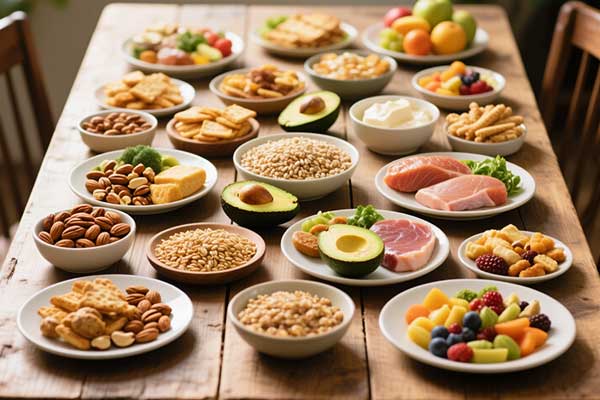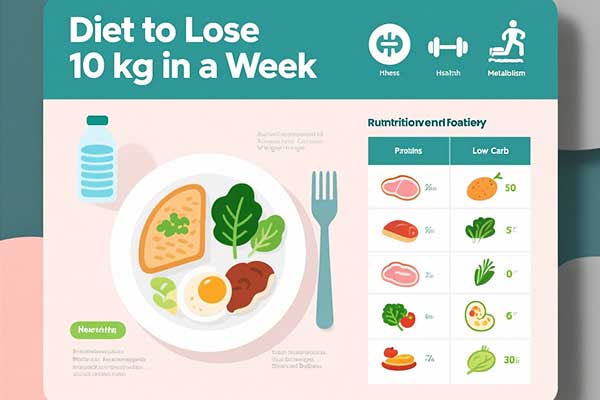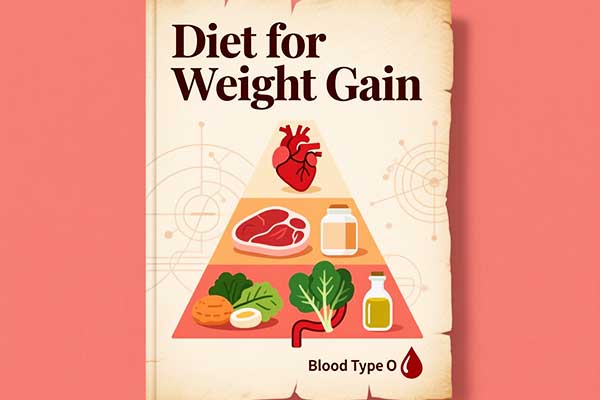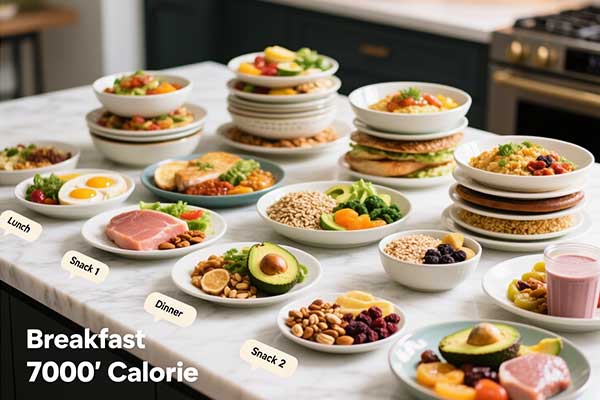The Ultimate 5000 Calories Diet Guide
Transform Your Body Safely: Expert Strategies for Athletes & Bodybuilders in 2024
What is a 5000 Calories Diet?
A 5000-calorie diet is an extreme bulking nutrition plan designed specifically for serious athletes, bodybuilders, and individuals with exceptionally high metabolic demands. Unlike conventional diets focused on weight loss, this high-calorie approach aims to support massive muscle growth and strength gains.
This nutritional strategy requires consuming nearly double the calories of an average adult male (2,500 calories) and significantly more than most athletic diets. The approach demands careful planning, precise macronutrient distribution, and professional supervision to ensure safe and effective results.
Optimal Macronutrient Distribution
Important Disclaimer
A 5000-calorie diet is not suitable for average individuals and should only be attempted under professional medical supervision. This extreme approach carries significant health risks if implemented incorrectly.
Who Actually Needs a 5000-Calorie Diet?
Professional Bodybuilders
Elite bodybuilders during intensive bulking phases who train 2-3 hours daily with extreme intensity and have exceptionally fast metabolisms.
Endurance Athletes
Marathon runners, cyclists, and triathletes during peak training seasons who burn 3000+ calories daily through intense training.
Powerlifters & Strongmen
Strength athletes in heavyweight categories who require massive caloric intake to support extreme strength training and muscle mass.
Calculate Your Caloric Needs
Before considering a 5000-calorie diet, it’s crucial to understand your actual caloric requirements. Most individuals need significantly fewer calories:
Average Daily Needs:
- Adult Men: 2,000-3,000 calories
- Adult Women: 1,600-2,400 calories
- Active Athletes: 3,000-4,000 calories
5000-Calorie Diet Candidates:
- Burn 3,500+ calories daily in training
- Extremely fast metabolism
- Professional competitive goals
Who Should Avoid This Diet
- Individuals with metabolic disorders
- People with cardiovascular conditions
- Sedentary or lightly active individuals
- Those seeking weight loss
- Anyone without medical supervision
- Beginners to fitness training
For healthy weight gain strategies suitable for most people, check out our guide on effective weight gain techniques and learn about natural supplements for weight gain.
Complete 5000-Calorie Meal Plan
Daily Meal Distribution
Breakfast (1,200 calories)
Main Components:
- 4 whole eggs + 2 egg whites scrambled
- 2 cups oatmeal with banana and berries
- 2 slices whole grain toast with almond butter
- 1 cup whole milk
- Fresh orange juice (8 oz)
Nutritional Breakdown:
Mid-Morning Snack (800 calories)
- Protein smoothie (whey protein, banana, peanut butter, milk)
- 1 large apple with 2 tbsp almond butter
- Mixed nuts (almonds, walnuts) – 1 oz
Lunch (1,500 calories)
- 8 oz grilled chicken breast or salmon
- 2 cups brown rice or quinoa
- Large mixed salad with olive oil dressing
- 1 large sweet potato
- 1 avocado
Timing Matters
Eat lunch 2-3 hours before afternoon training for optimal digestion and energy.
Pre-Workout (400 calories)
- 2 bananas with honey
- 1 cup chocolate milk
- Small handful of dates
Post-Workout (600 calories)
- Whey protein shake (50g protein)
- 2 bananas
- 1 cup chocolate milk
- Greek yogurt with berries
Recovery Window
Consume within 30 minutes post-workout for optimal muscle protein synthesis.
Dinner (1,500 calories)
- 8 oz lean beef, turkey, or fish
- 2 cups pasta or rice
- Steamed vegetables with butter
- Side salad with nuts and cheese
- Whole grain bread roll
Hydration Requirements
Benefits vs Risks: The Complete Analysis
Potential Benefits
Rapid Muscle Growth
Provides sufficient calories to support protein synthesis and muscle hypertrophy, especially when combined with intensive resistance training.
Enhanced Performance
Abundant energy stores support longer, more intense training sessions and faster recovery between workouts.
Strength Gains
Optimal caloric intake supports neuromuscular adaptations and strength improvements in powerlifters and strongmen.
Faster Recovery
High caloric intake accelerates muscle repair and glycogen replenishment, reducing recovery time between sessions.
Significant Risks
Excessive Fat Gain
Surplus calories often lead to significant body fat accumulation, potentially masking muscle definition and affecting health.
Cardiovascular Stress
High caloric intake can strain the cardiovascular system, potentially raising blood pressure and cholesterol levels.
Digestive Issues
Large volume of food can cause bloating, indigestion, and gastrointestinal distress, affecting training and daily life.
Metabolic Dysfunction
Risk of insulin resistance, type 2 diabetes, and metabolic syndrome, especially with poor food choices.
Risk Mitigation Strategies
Monitoring & Assessment
- Regular medical check-ups
- Monthly blood work analysis
- Body composition tracking
- Cardiovascular health monitoring
Implementation Guidelines
- Limit duration to 3-6 months
- Focus on nutrient-dense foods
- Maintain high training intensity
- Professional supervision required
Essential Safety Guidelines
Mandatory Medical Supervision
Required Assessments:
- Comprehensive health screening
- Cardiovascular evaluation
- Metabolic panel testing
- Liver function assessment
- Kidney function evaluation
Ongoing Monitoring:
- Monthly blood pressure checks
- Quarterly lipid panels
- Blood glucose monitoring
- Body composition analysis
- Professional dietary review
Food Quality Standards
Prioritize:
- Lean proteins
- Complex carbohydrates
- Healthy fats
- Fresh fruits & vegetables
Limit:
- Processed foods
- Added sugars
- Trans fats
- Excessive sodium
Avoid:
- Junk food
- Excessive alcohol
- Deep-fried foods
- High-sugar beverages
Mandatory Training Requirements
Minimum Training Volume:
- 2-3 hours daily intensive training
- 6+ resistance training sessions/week
- High-intensity compound movements
- Progressive overload protocols
Warning Signs to Stop:
- Excessive fatigue or lethargy
- Persistent elevated heart rate
- Sleep disturbances
- Digestive problems
Emergency Protocols & Red Flags
Immediately Discontinue If:
- Chest pain or heart palpitations
- Severe headaches or dizziness
- Rapid unexplained weight gain (>2 lbs/week)
- Blood pressure elevation
Seek Medical Attention For:
- Shortness of breath at rest
- Persistent nausea or vomiting
- Vision changes or blurriness
- Mood changes or depression
Frequently Asked Questions
The Bottom Line
A 5000-calorie diet represents an extreme nutritional approach suitable only for elite athletes, professional bodybuilders, and individuals with exceptional metabolic demands under strict medical supervision.
Medical Supervision
Always required for safety and monitoring
Intensive Training
Must burn 3000+ calories daily in exercise
Limited Duration
Maximum 3-6 months for safety
For most people seeking healthy weight gain, moderate approaches with professional guidance offer better long-term results with fewer risks.
Explore safer alternatives and professional nutrition guidance at Sehajmal Health.






